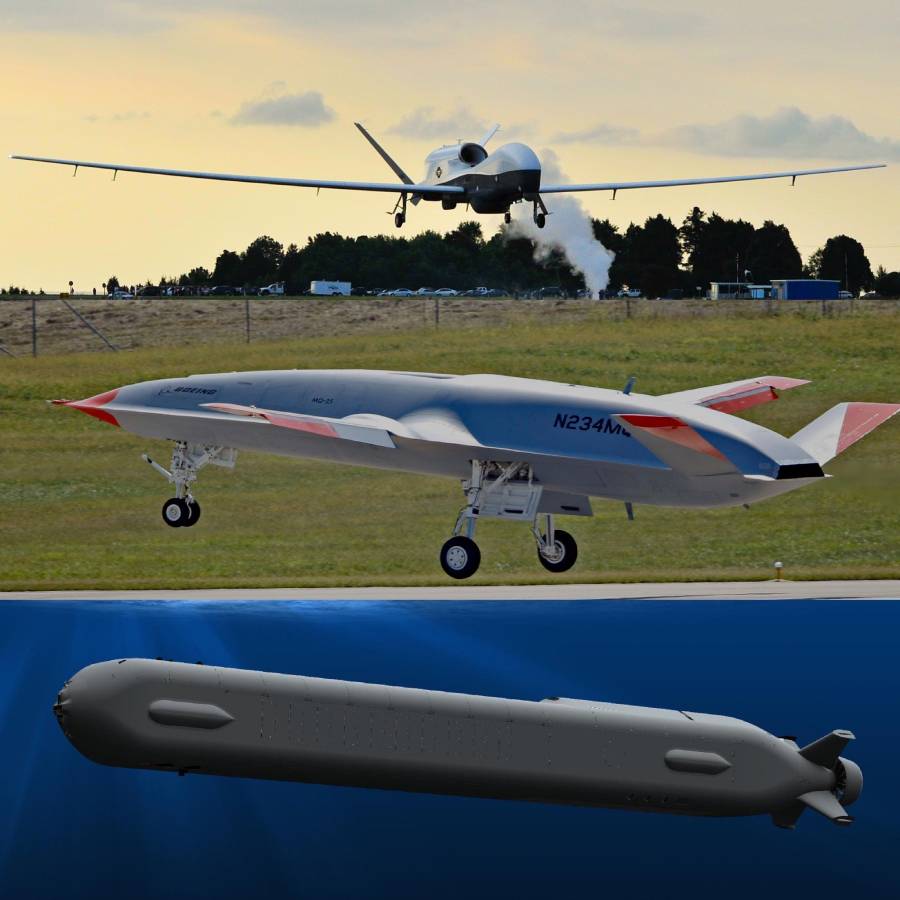
The Navy wants to emphasize the development of enablers for unmanned systems – the common interfaces and control stations, the networks, the secure data formats, the autonomy behaviors – as it pursues a hybrid manned/unmanned fleet for the future.
However, the platforms still matter – and most of the ones the Navy wants to leverage in the coming years are still in development.
On the unmanned underwater vehicle side, the Navy’s largest vehicle in development is hitting some snags, though Kilby said it was a production issue more than a fundamental issue with the service’s requirements.
Kilby said the Navy wanted the Orca Extra Large UUV to lay mines in the water, among other clandestine operations. But building a UUV that can do that is more complex than it sounds, he told lawmakers.
“I’ve got to avoid fishing nets and sea mounts and currents and all the things. I’ve got to be able to communicate with it, sustain it. I’ve got to maybe be able to tell it to abort a mission, which means it has to come up to the surface and communicate, or get communications from its current depth. Those are all complexities we’ve got to work through with the [concept of operations] of this vehicle,” he said.
“In its development, though, there have been delays with the contractor that we’re working through, and we want to aggressively work with them to pursue, to get this vehicle down to Port Hueneme so we can start testing it and understand its capabilities. And to me the challenges will be all those things – the C2, the endurance, the delivery of the payload, the ability to change mission potentially – those are all things we have to deliver to meet the needs of the combatant commander.”
Boeing is on contract to build five XLUUVs, which were supposed to be delivered by 2022. Construction on the first vessel didn’t begin until late last year, though, and Kilby categorized the program as alive but delayed.

